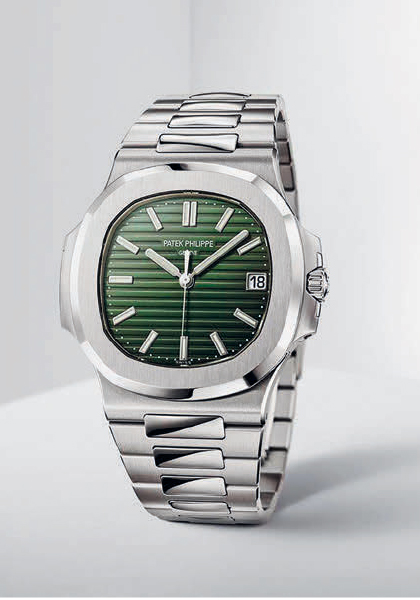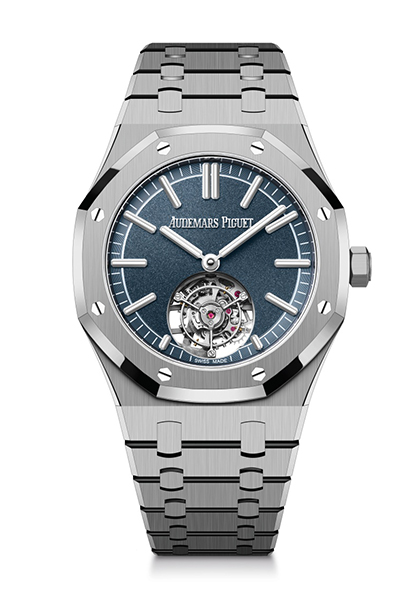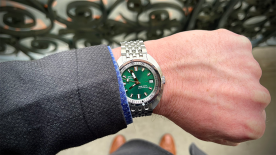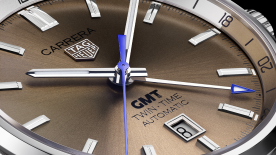For the first time in its history, the major watch industry trend is not a complication, color, shape or design. It is the resale price of watches from a dozen brands. Their boutiques are empty of stock, with a sizeable proportion being transferred to second-hand dealers, who are accustomed to reselling new, highly desirable timepieces at the true market price, where supply and demand coincide. But who will really wear these watches with waiting lists currently stretching into years, whereas their owners can make an immediate capital gain of 30 to 200%? At a time when financial returns are almost nil, watches have become a unique asset: risk-free, ultra-liquid and yielding stratospheric profits.

Psychosis
The model at the root of this speculation is the Rolex Daytona steel chronograph. For more than 20 years, this watch has been in greater demand than the numbers produced, and it has been a source of income for an entire ecosystem of resellers. Then came the huge success of sporty chic watches that propelled two new missiles into the economic stratosphere. Nautilus references exploded. Overpricing was further panic-driven by the announcement of the discontinuation of Reference 5711, sparking a climate of hysteria that added a zero to the 2019 resale price of these models.
“A whole generation of customers has understood that the purchase of certain watches represents a social status statement.”

0.001%
The second projectile was Audemars Piguet’s Royal Oak, spurred by the brand’s incredible growth curve. The third factor heating up the market is the off-the-charts recognition of Richard Mille which has led to its watches – especially those approaching one million euros – being permanently out of stock. All this is due to the fact that the development of bling culture on social media has sparked desire among an ever increasing number of millionaires. A whole generation of customers has understood that the purchase of certain watches represents a social status statement.

Time on their Hands
Then came the Covid 19 pandemic and the lockdowns. Glued to their computers and with less to do than usual, many new buyers discovered watch speculation. This was in turn followed by a catch-up consumption effect, fed by subsidy flows to companies and individuals designed to bolster purchasing power. Everything lined up to create a perfect storm that sent the market into overdrive. Shortages are now affecting the entire Rolex, Audemars Piguet, Patek Philippe and Richard Mille catalog, which is why buyers have found an alternative in the independent brands. De Bethune, MB&F, Urwerk, Voutilainen, H. Moser & Cie, F.P. Journe and others all report waiting lists in excess of one to three years, with low or inexistent inventory levels.

Disturbances
Watch production capacities are however not flexible. Subcontractors have been laying off en masse for the past three years and factory sizes are carefully calculated. None of the manufacturers know how to increase their capacities rapidly while maintaining production quality. Meanwhile, the tension between supply and demand persists, with price being the only adjustment variable. A return to reason will require a brutal or protracted market correction. Only then will the watches that are bought be worn once more as they were intended to be.

As a WorldTempus reader, we are delighted to offer you the latest digital version of this GMT magazine that you can download here. Happy reading!












